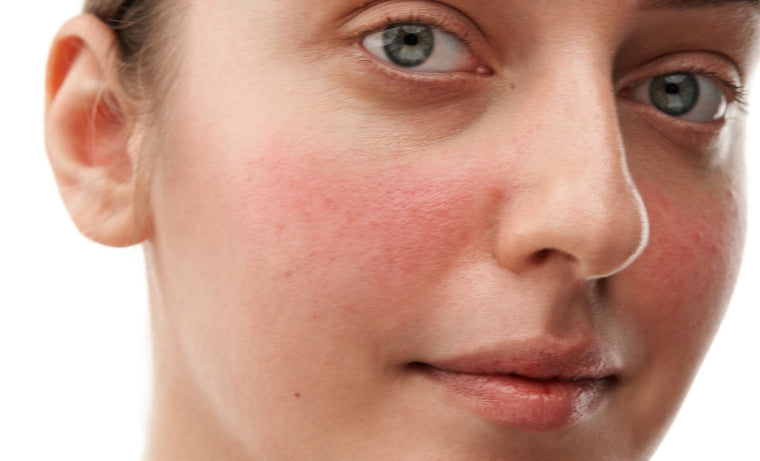
Kaip prižiūrėti jautrią odą?
Jei jums dažnai rausta veido oda, ypač skruostų, nosies ir net smakro ar kaktos srityje, šis įrašas yra tai, ko ieškote! Aptarsime, kaip susidaryti švelnią, bet efektyvią odos priežiūros rutiną,...
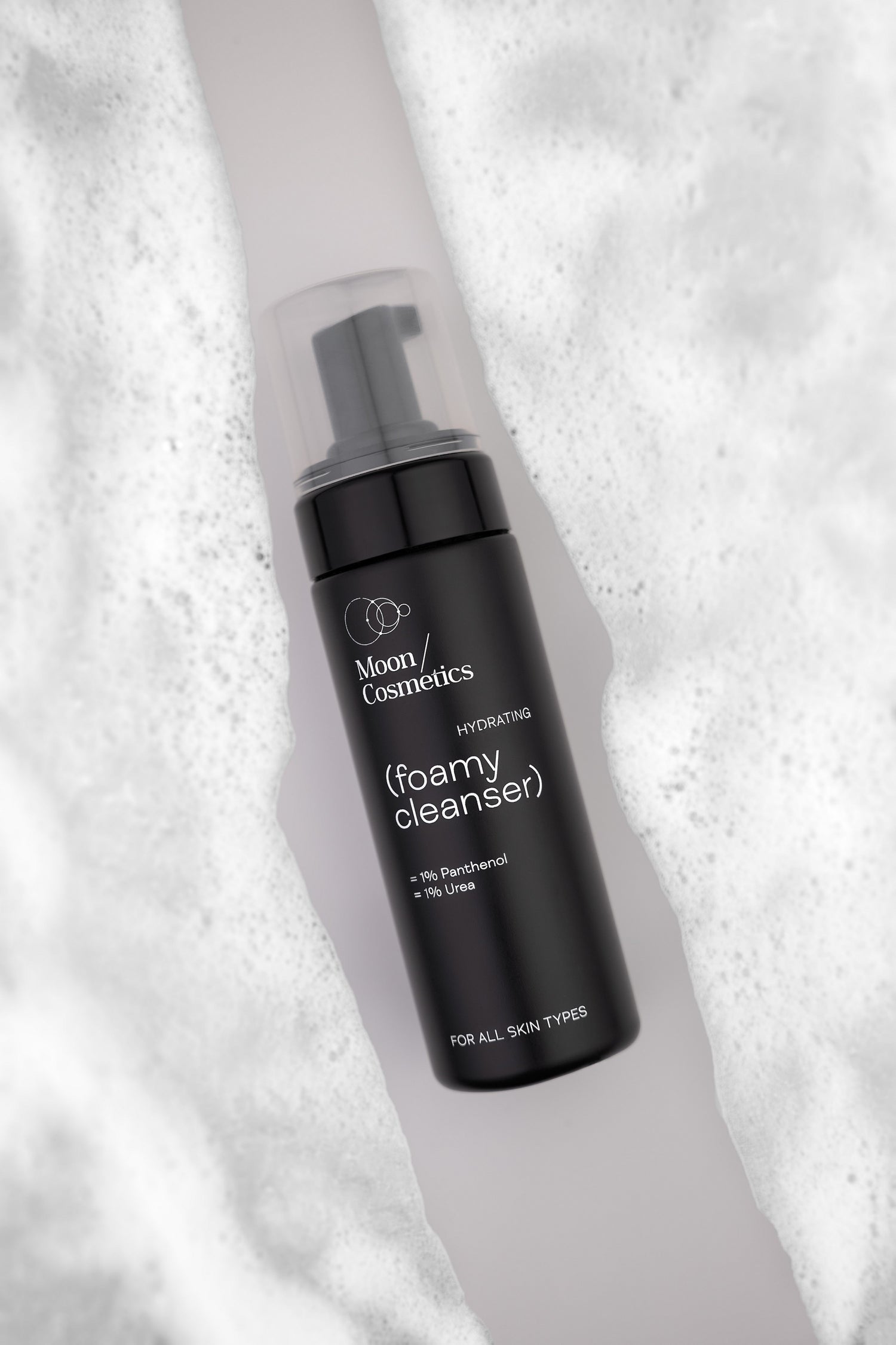
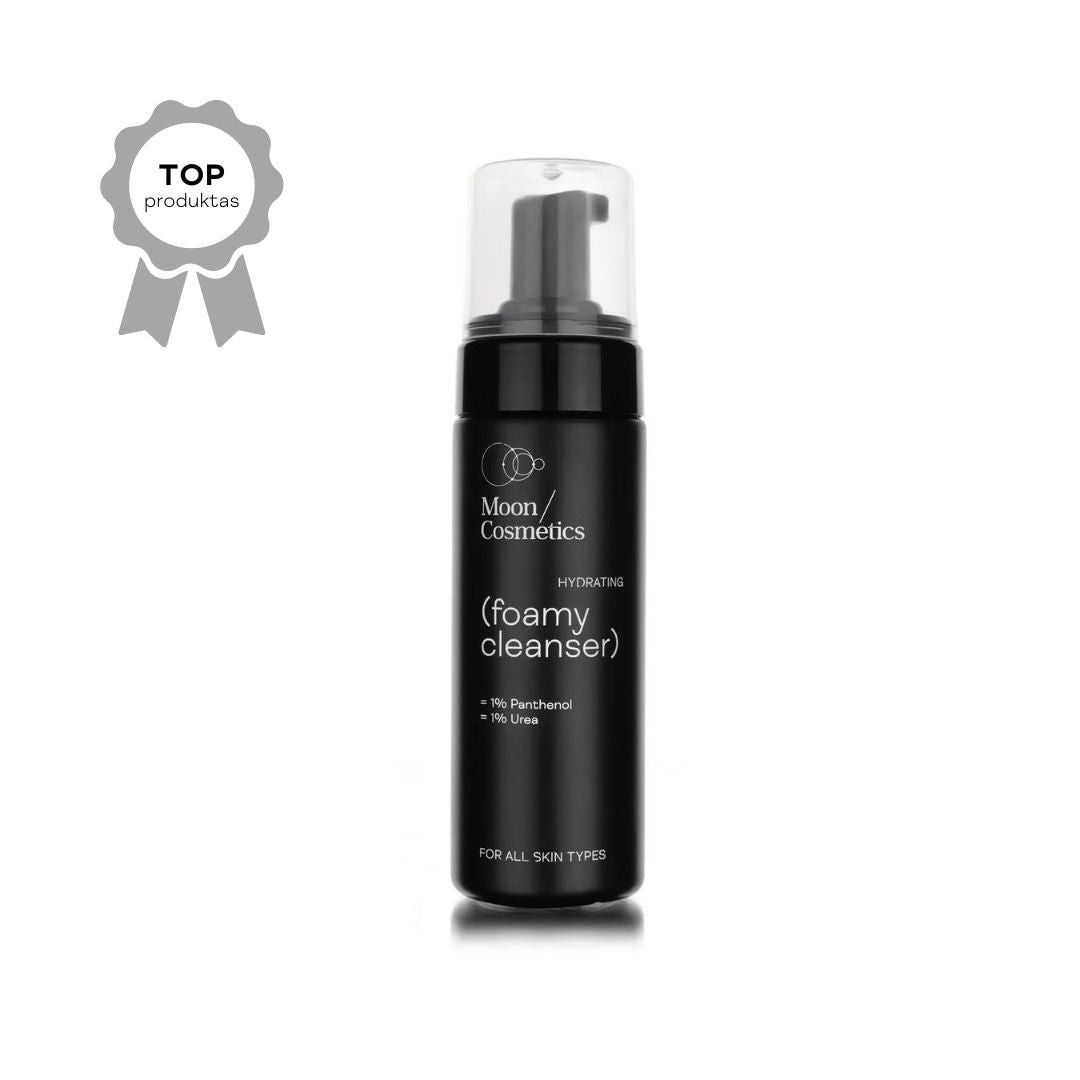
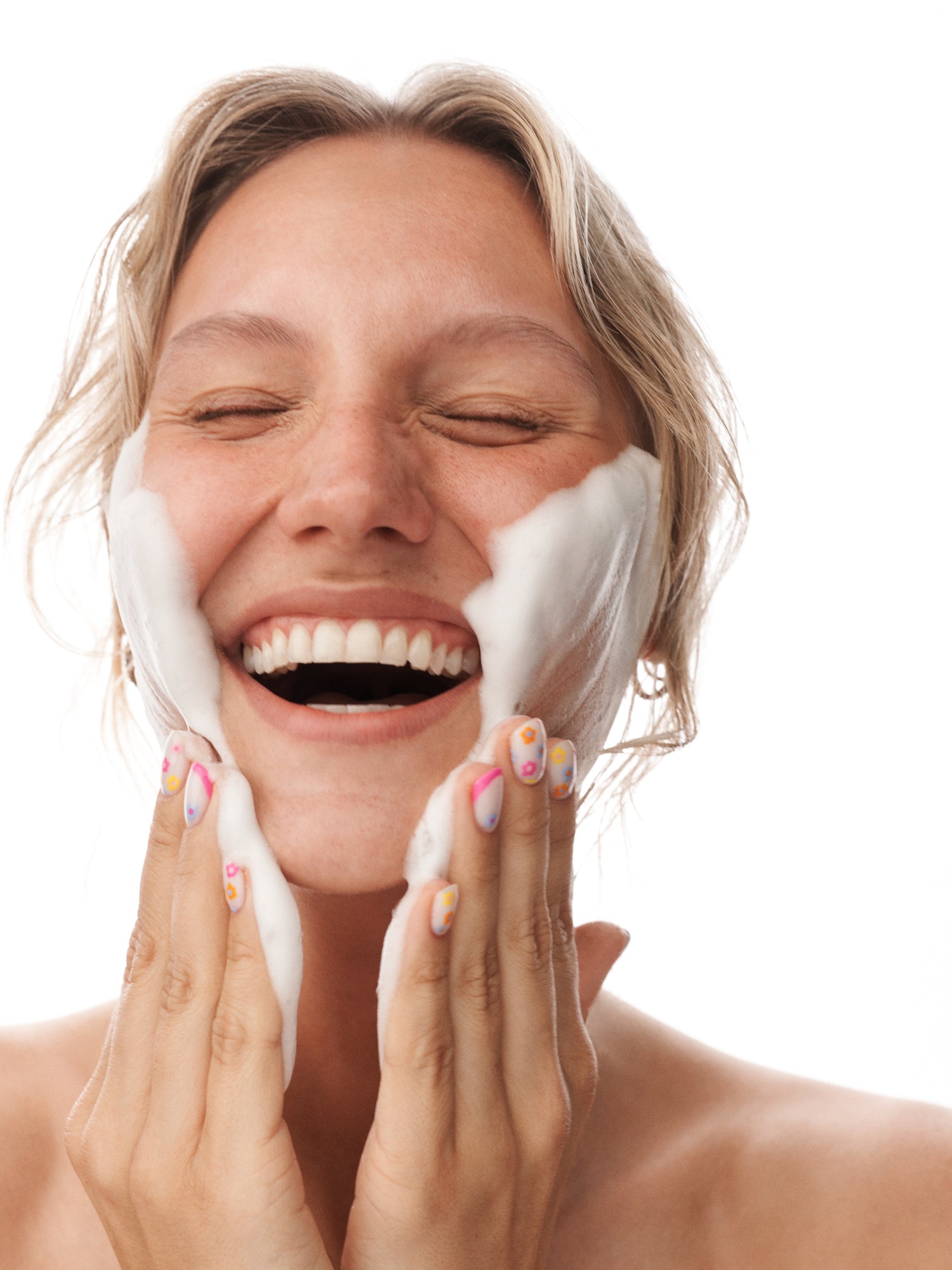

Couldn't load pickup availability
By having panthenol (1%) and hydroxyethyl urea (1%) as its key ingredients, the cleansing foam maintains thorough cleansing, dead cell removal, irritation relief, and microbiota protection. The skin can be regenerated, enriched, and healed with the help of Panthenol. This ingredient can work miracles against skin irritations like contact and atopic dermatitis, psoriasis, and eczema while also promoting wound healing. [1]. Glycerol is less effective in skin moisturization compared to Hydroxyethyl urea [2]. Vitamin B3, also known as Niacinamide, is utilized to enhance skin moisture, lessen transepidermal water loss, and offer anti-inflammatory advantages while increasing keratin, filaggrin, and involucrin production [3-5]. Inulin polysaccharide's prebiotic nature helps in slowing down transepidermal water loss and nurturing skin microbiota [6]. Boost collagen production, lighten pigment spots, and treat conditions like acne and rosacea with the cleansing foam's lactic acid, which is safe for sensitive and dry skin [7]. This product is capable of promoting clean and healthy skin, leaving it radiant and suitable for all skin types with regular use.
Benefits:
For the initial stage of your skincare routine, we advise using a facial cleanser to eliminate makeup, dirt, and SPF sunscreen from the surface of your skin.
When doing a double cleanse, use the facial cleanser after micellar water.
Your face, eye, and neck area should have 1-2 pumps of the cleanser. Gently massage the product in a circular motion and rinse with water. Incorporate the cleanser into your morning and evening routine.
Warning: Only use on the skin's surface. If any of the ingredients cause an allergy, do not use them. Ensure children cannot access the product.
AQUA, SODIUM COCOYL ISETHIONATE, DECYL GLUCOSIDE, GLYCERIN, NIACINAMIDE, DISODIUM COCOAMPHODIACETATE, PROPANEDIOL, PANTHENOL, HYDROXYETHYL UREA, INULIN, FRUCTOSE, LACTIC ACID, PHENYLPROPANOL,CAPRYLYL GLYCOL, PARFUM, SODIUM CHLORIDE.
Panthenol effectively treats various skin irritations and can transform into pantothenic acid. Panthenol is an effective solution for contact and atopic dermatitis, psoriasis, and eczema treatment [1]. Panthenol- when absorbed within the skin- is converted into pantothenic acid and eventually into acetyl coenzyme-A (Acetyl CoA). Epidermal cells rely on this compound for several critical physiological processes [1] [8]. In several biochemical processes of the skin, Acetyl CoA has a vital function and also helps in supporting the cell cycle [8].
Hydroxyethyl urea acts as a non-greasy moisturizer and enhances the deeper skin layer's penetration of other active components.
The ideal ingredient for treating pigmented skin is niacinamide, due to its various properties. Melanosomes carrying skin pigment are prevented from transferring from skin melanocytes to keratinocytes by it [9]. Moreover, inflammation reduction can be achieved through niacinamide, inhibiting inflammatory chemokines released during P. acne bacterial colonization, and is effective for acne-damaged skin [4]. The production of epidermal proteins increases thanks to niacinamide. If you have acne-damaged skin, rosacea, dermatitis, or psoriasis, niacinamide is suitable [11].
Inulin, a type of sugar, acts as a prebiotic, leading to better skin microbiota and reduced TEWL [6]. Prebiotics help cultivate beneficial bacteria, which eradicate acne-causing bacteria and preserve a healthy skin layer. Concentrations of 5% or higher of lactic acid can be used to treat pigmented skin issues effectively. Sun-damaged skin can benefit from the compound's antioxidant properties [12].
The lactic acid in sodium lactate form functions as an NDF that binds moisture into the skin, which effectively hydrates it.
Niacinamide (INCI: NIACINAMIDE)
Niacinamide, a form of vitamin B3, has many benefits for the skin. It helps to visibly reduce enlarged pores, improve skin tone, reduce the depth of wrinkles, and strengthen the skin's protective barrier. Niacinamide can also help reduce skin damage caused by negative environmental factors and fight various skin problems such as acne and post-inflammatory hyperpigmentation.
Glycerin (INCI: GLYCERIN)
It has high skin tolerance and effectiveness, making it an excellent choice in cosmetic products. A high-viscosity, odorless liquid that can dissolve in water and other alcohols. Glycerin is essential for maintaining skin hydration as it is a natural part of the hydrolipid mantle of the skin. Thanks to its humectant properties, glycerin has become an incredibly popular ingredient in almost all skin care formulations, drawing moisture to the skin and improving overall hydration. Moreover, it has a high degree of skin tolerance and effectiveness. Shampoos and conditioners also use glycerin to improve hair texture while keeping it moisturized.
Panthenol
(INCI: PANTHENOL)
Panthenol is a forerunner of B-group vitamins, also known as provitamin B5. A substance that is colorless, a little sticky, and has a distinctive smell easily dissolves in water and alcohol — that's panthenol! Panthenol has excellent skin tolerance and can retain moisture, smooth skin, and promote regeneration. It also supports the skin's protective barrier function and improves its elasticity. Creams, lotions, lip care, sunscreens, and hair care products often contain Panthenol as an ingredient. Panthenol balances hair's moisture content and reinforces it. Sensitive skin products benefit from using panthenol due to its skin-supporting properties. Medical creams also employ panthenol to encourage the growth of new skin cells following trauma. Panthenol has skin-supporting properties that make it ideal for sensitive skin products. It can also be found in medical creams to promote the formation of new skin cells after trauma.
Hydroxyethyl urea (INCI: HYDROXYETHYL UREA)
Derived from urea, hydroxyethylurea restores skin's moisture and elasticity as a humectant. The formula is upgraded with this ingredient, enhancing the skin's sensory experience without adding any stickiness. This product works wonders on dry and sensitive skin by soothing and calming any irritation.
Inulin (INCI: INULIN)
The prebiotic properties of INULIN, a complex carbohydrate, can improve the skin's microbiome. In addition to chicory root and sugar cane, this ingredient can be found in wheat, onions, garlic, burdock, artichokes, and leeks. In the context of cosmetics, inulin can be beneficial for sensitive and reactive skin types, allowing them to better tolerate common preservatives in beauty products. In addition, inulin, a complex carbohydrate, can be advantageous for sensitive skin and slow down the loss of water by binding water to the skin's surface. Fructose is often added to inulin in cosmetic formulations for a combined prebiotic effect on skin moisture and the microbiome.
Lactic acid(INCI: LACTIC ACID)
Containing both carboxy and hydroxy groups, lactic acid is an alkanoic acid that is identified by its INCI name LACTIC ACID. The clear, syrupy LACTIC ACID liquid is colorless or slightly yellow and can be effortlessly mixed with water and alcohol. Various bodily fluids including sweat, muscle serum, kidney, bile, and saliva contain L-(+) lactic acid. Being an alpha-hydroxy acid, lactic acid has moisture-absorbing abilities. Lactic acid lactates perform an essential function in metabolic processes by breaking down sugars during lactic acid fermentation. In addition to breaking down sugars during fermentation, lactic acid helps balance the skin's pH. This helps maintain a balanced pH value of the skin. Lactic acid's hygroscopic properties can assist in skin moisture, along with proteins, sugar, and urea. Lactic acid is frequently utilized in skin creams to address dry skin areas. A combination of other substances is typically used to regulate the pH level of skin care products and safeguard the skin's protective acid layer from harm. In addition, lactic acid's keratolytic properties that prevent keratinization are utilized in skin care and stratum corneum improvement products. Liquid soaps rely on lactic acid's ability to eliminate bacteria [12].
[1] PAVLAČKOVÁ, Jana, et al. In vivo efficacy and
properties of semisolid formulations containing panthenol. Journal of
Cosmetic Dermatology, 2019, 18.1: 346-354.
[2] DRAELOS,
Zoe D. The science behind skin care: moisturizers. Journal of cosmetic
dermatology, 2018, 17.2: 138-144.
[3] OBLONG, J. et al. Effect of niacinamide on collagen synthesis
and markers of keratinocyte differentiation. In 60th Annual Meeting of the
American Academy of Dermatology. 2002.
[4] SURJANA D, Damian
DL. Nicotinamide in dermatology and photoprotection. Skinmed. 2011 Nov
1;9(6):360-5.
[5] KAWADA, Akira, et al. Evaluation of anti‐wrinkle effects of a novel
cosmetic containing niacinamide. The Journal of Dermatology 35, no. 10, 2008: 637-642.
[6] NIZIOŁ-ŁUKASZEWSKA, Zofia, et al. Inulin as an
effectiveness and safe ingredient in cosmetics. Polish Journal of Chemical
Technology, 2019, 21.1: 44-49.
[7] ABD ALSAHEB, Ramzi A., et al.
Lactic acid applications in pharmaceutical and cosmeceutical industries. Journal
of Chemical and Pharmaceutical Research, 2015, 7.10: 729-735.
[8] CAMARGO JR, Flávio B., et al. Skin moisturizing
effects of panthenol-based formulations. Journal of cosmetic science,
2011, 62.4: 361.
[9] HAKOZAKI,
T. et al. The effect of niacinamide on
reducing cutaneous pigmentation and suppression of melanosome transfer. British
Journal of Dermatology 147, no. 1, 2002:
20-31.
[10] ABDULLAH,
K. M., et al. Inhibitory effect of vitamin B3 against glycation and reactive
oxygen species production in HSA: An in vitro approach. Archives of
biochemistry and biophysics, 2017, 627: 21-29.
[11] BAINS,
Pooja, et al. Nicotinamide: Mechanism of action and indications in dermatology.
Indian journal of dermatology, venereology and leprology, 2018, 84: 234.
[12] HUANG,
Huey-Chun, et al. Lactic acid bacteria and lactic acid for skin health and
melanogenesis inhibition. Current Pharmaceutical Biotechnology, 2020,
21.7: 566-577.
[13] ALGIERT‐ZIELIŃSKA,
Barbara; MUCHA, Paulina; ROTSZTEJN, Helena. Lactic and lactobionic acids as
typically moisturizing compounds. International journal of dermatology,
2019, 58.3: 374-379.
[14] Prieiga internetu: https://cosmileeurope.eu/lt/inci/sudedamoji-dalis/5951/glycerin/
[15] Online access: https://cosmileeurope.eu/lt/inci/sudedamoji-dalis/10243/panthenol/
[16] Online access: https://cosmileeurope.eu/lt/inci/sudedamoji-dalis/7749/lactic-acid/
How do cleansers work?
Cleansers utilize surfactants, which are special substances that break down larger dirt particles on the surface of the skin into smaller ones, thereby dissolving dirt and making it easier to wash away.
Are cleansing foams suitable for acne-prone skin?
Yes. The active ingredients in the cleansing foam, like lactic acid and prebiotic inulin, efficiently eliminate surplus sebum from the skin surface and endorse the development of healthy bacteria in the skin's microbiota, averting the growth of acne-inducing bacteria.
Are cleansing foams suitable for sensitive, dry skin?
Yes. With its specialized formulation, this foam gently removes makeup and impurities from the skin’s surface without any harm. Through consistent use, the skin becomes cleaner and any irritation resulting from the damage to the skin's hydrolipidic barrier caused by rough cleansing agents is minimized due to the inclusion of beneficial active ingredients.
Does the cleansing foam not irritate the eyes?
The cleansing foam is gentle and does not irritate the eyes.
Can I use the cleansing foam every day?
This cleansing foam can be used daily due to its gentle composition and active ingredients that are friendly to the skin.

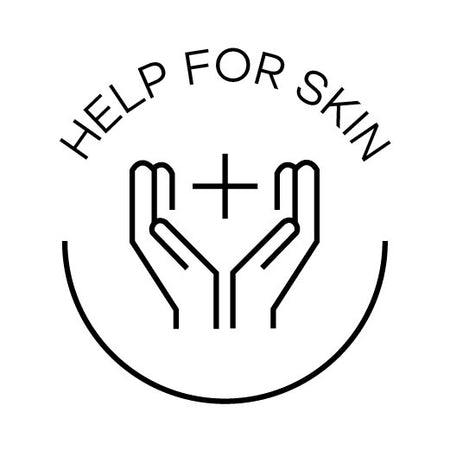
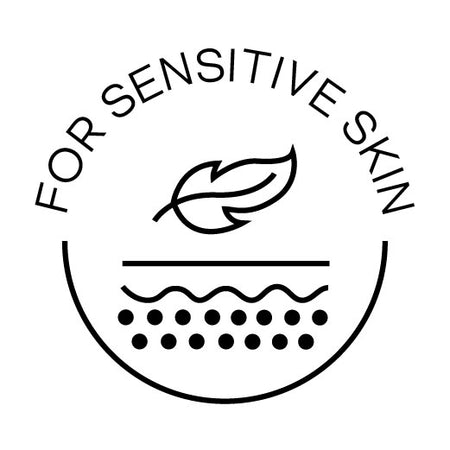
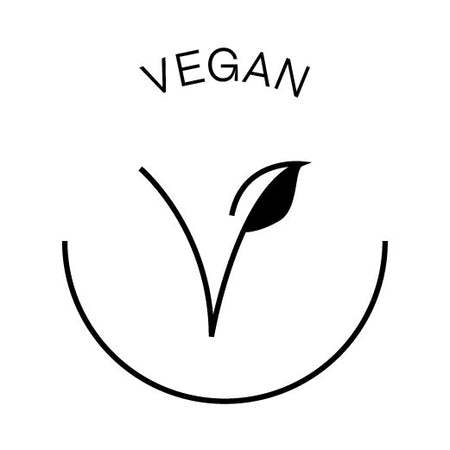
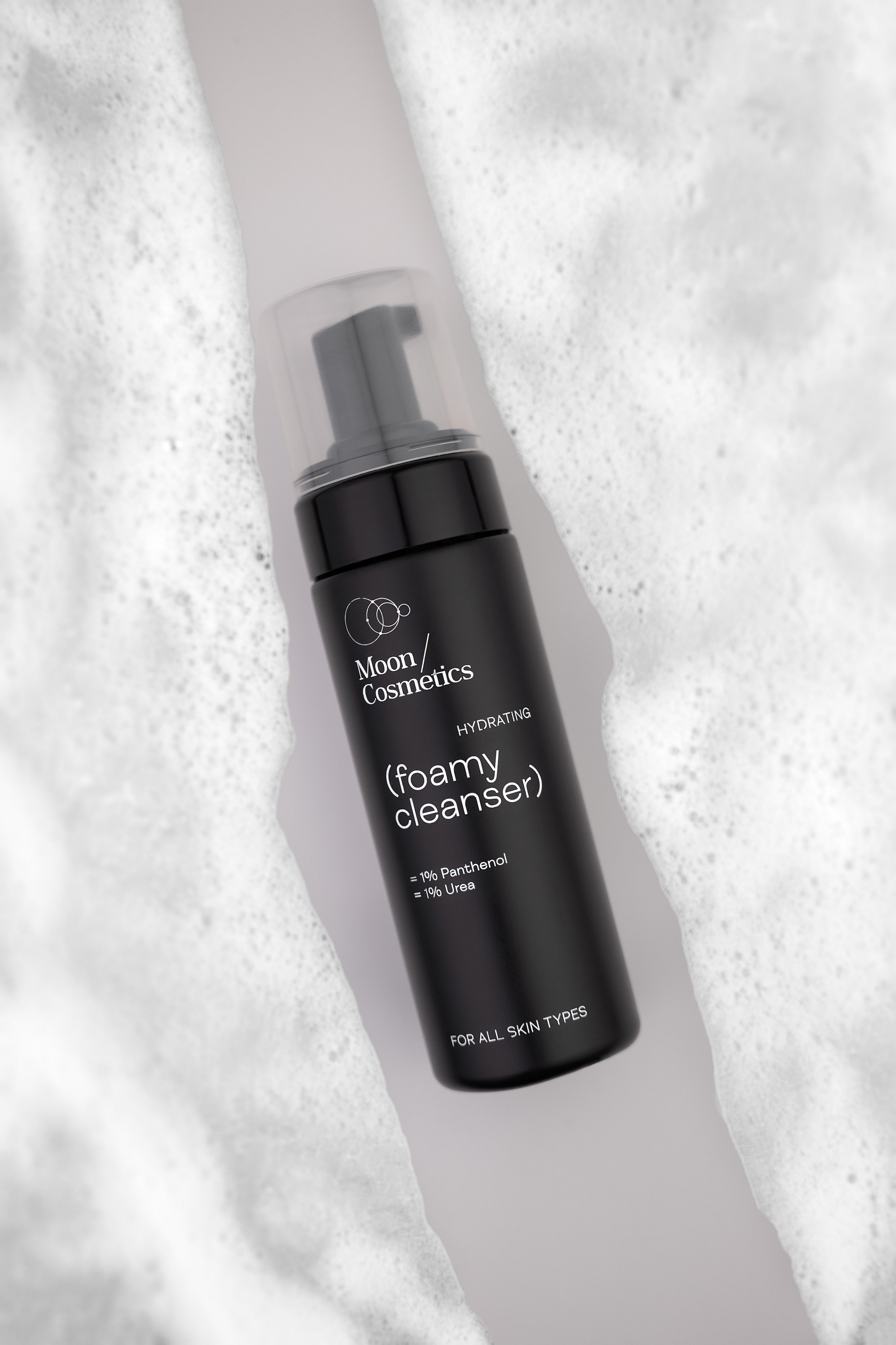

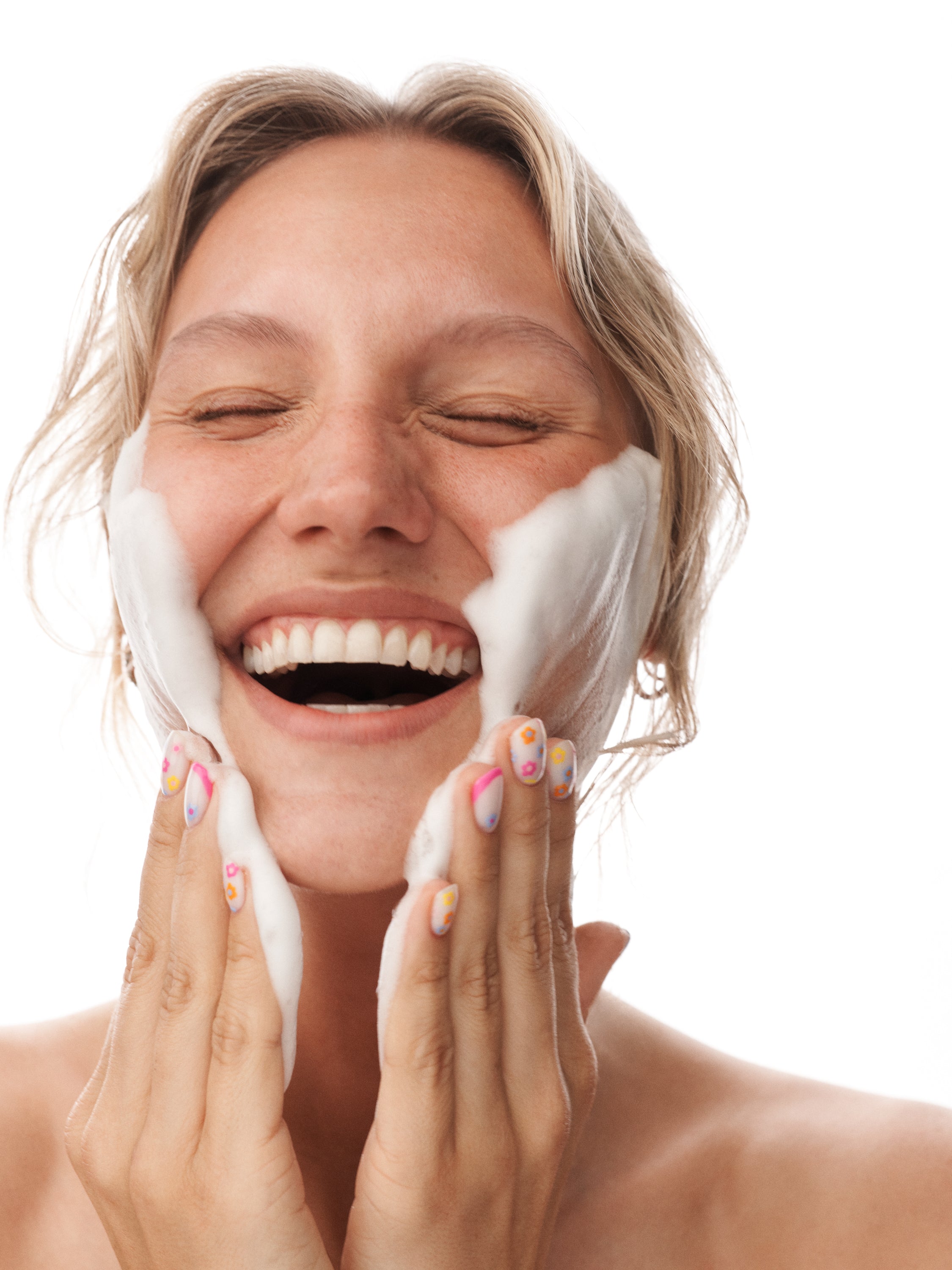


Foaming cleanser

Jei jums dažnai rausta veido oda, ypač skruostų, nosies ir net smakro ar kaktos srityje, šis įrašas yra tai, ko ieškote! Aptarsime, kaip susidaryti švelnią, bet efektyvią odos priežiūros rutiną,...
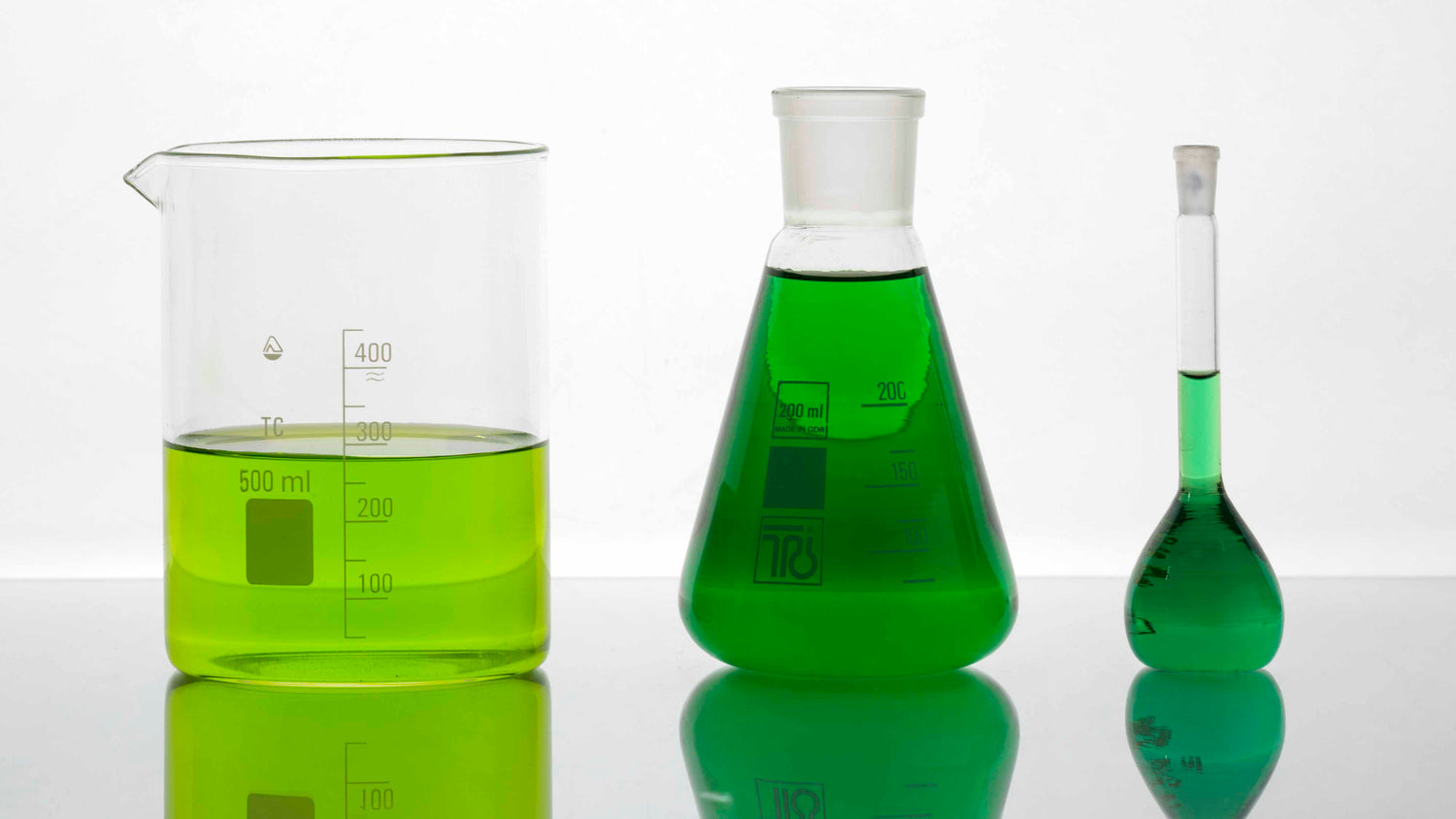
Pavasarį ir vasarą mūsų oda susiduria su įvairiais iššūkiais: didesniu saulės spindulių aktyvumu, dažnesniu prakaitavimu ir didele oro drėgme. Todėl itin svarbu pasirinkti teisingus produktus, kurie padėtų išlaikyti odą sveiką...
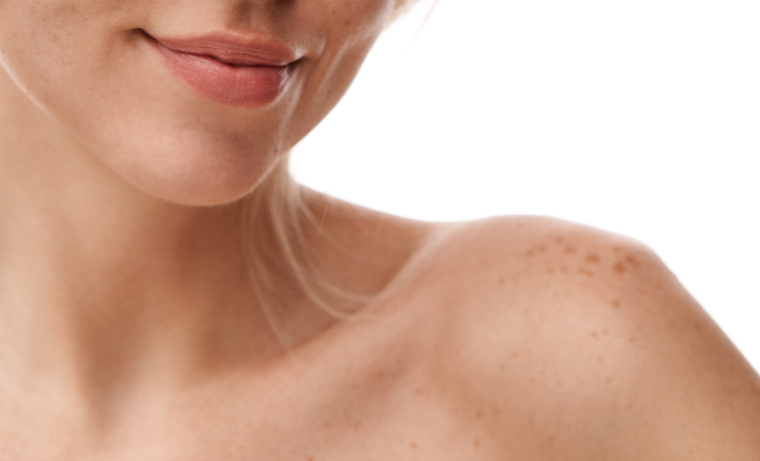
Su įvairiomis odos pigmentacijos problemomis susiduriame bene kiekvienas iš mūsų. Vieni kovoja su po spuogų likusiomis rausvomis dėmelėmis, kiti – su saulės spindulių sukeltomis dėmėmis. Suprasti, kaip atsiranda odos pigmentacija,...

